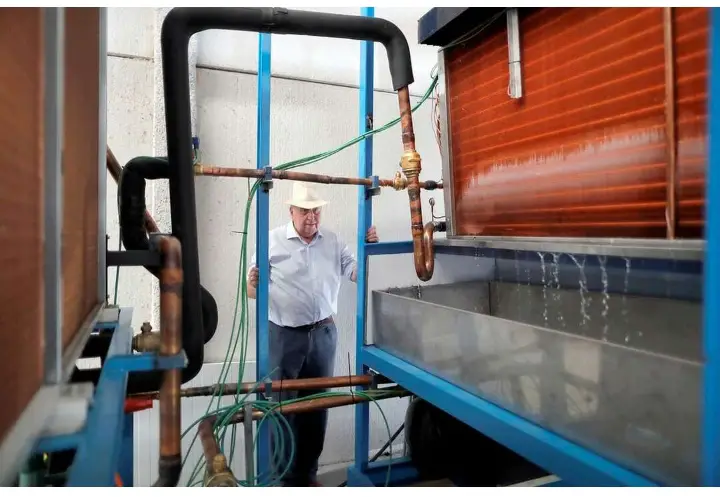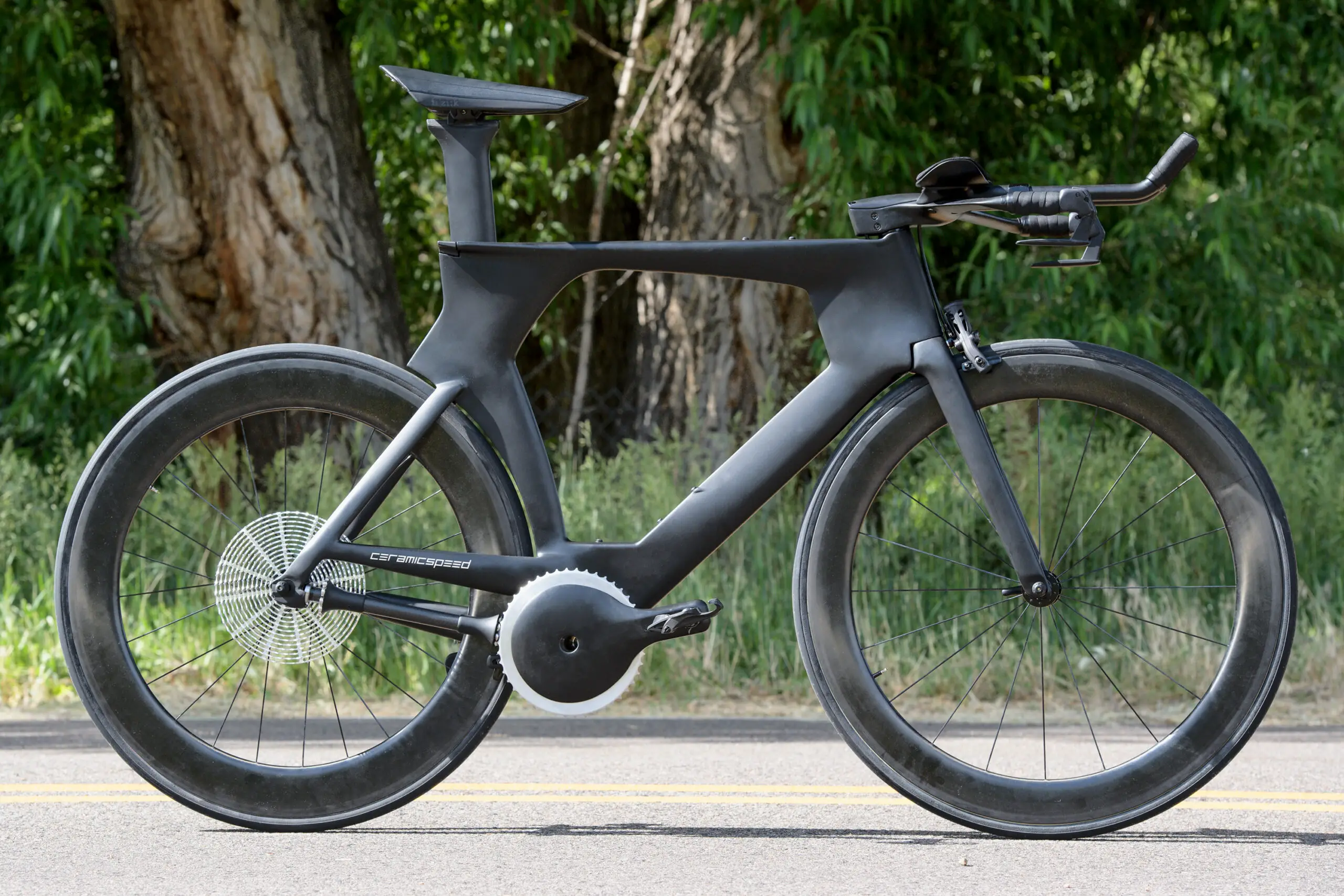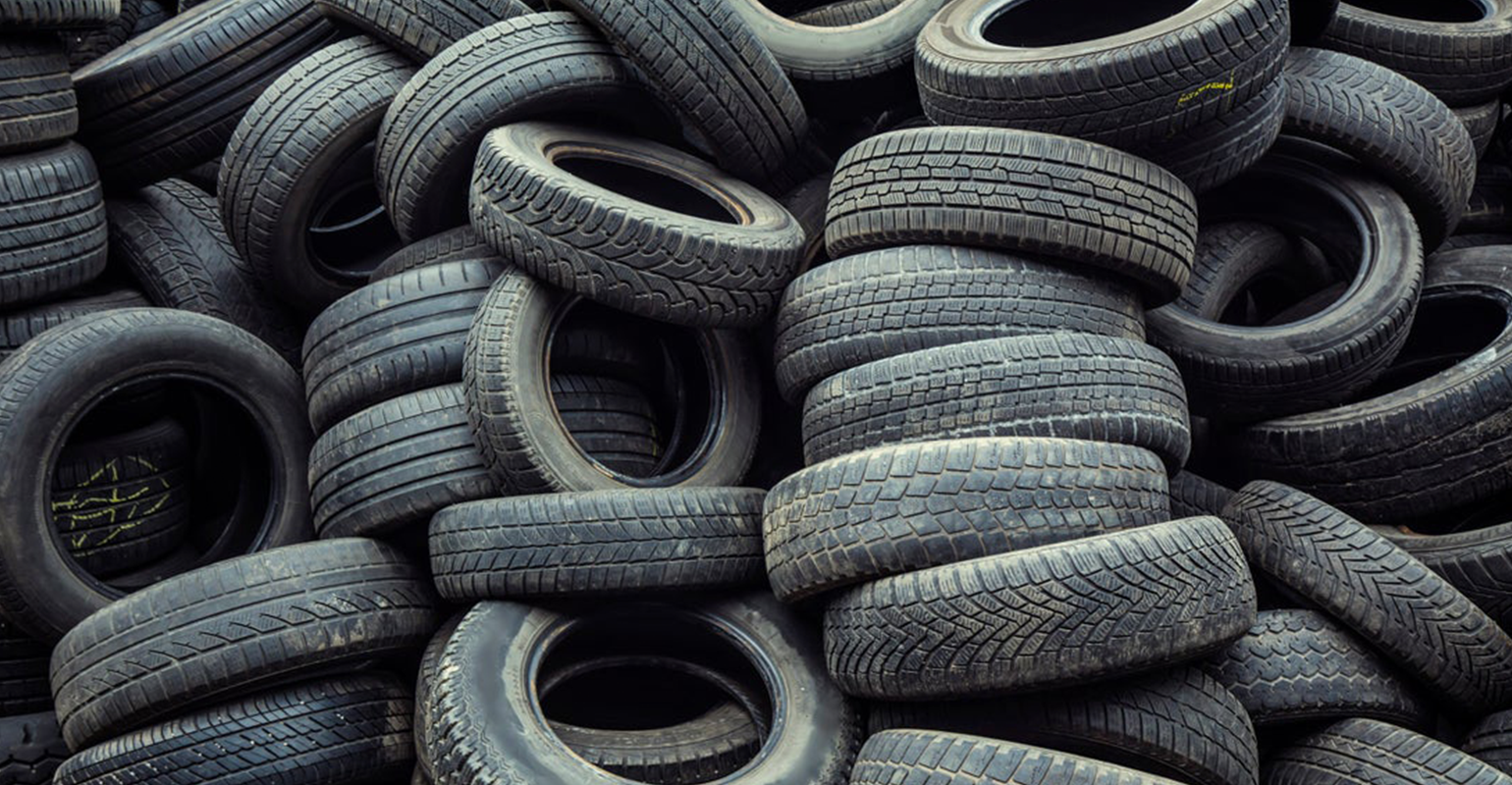One of the most urgent issues facing humanity today is the lack of access to clean water, particularly in places where such access is more complicated. According to a University of Cambridge study published in Phys.Org, climate change has also contributed to some of the worst droughts in Europe in the last 2,100 years.
Western nations increasingly find it much harder to maintain complacency on the subject. Finding a solution to the issue won’t be simple or quick, but emerging entrepreneurs provide some encouragement.
Global water shortage is a severe issue. For many of us, getting clean water is as simple as turning on the faucet, but for others, getting potable water takes traveling for miles. Political unrest, natural calamities, or even climate change can suddenly cause well-established towns to run out of drinking water.
Enrique Vega, 82, created something due to a similar catastrophe that devastated his own Spain in the 1990s. Spain is a peninsula, yet despite this, it is prone to droughts, and in the early 1990s, there was one that lasted for five years. The equipment operates on the same principles as an air conditioner. In addition to adequately condensing the water vapor, it employs energy to chill the surrounding air.
The machine can produce up to 70 liters in a small scale
However, Viega’s idea could not function in temperatures as high as 104°F (40°C), typical in dry, arid regions. So, he enhanced the machine’s capabilities and established Aquaer in 2004 to present his invention as a possible remedy to the globe.
Through a non-governmental organization (NGO), Water Inception, the corporation has also supplied installations to villages and small towns and offered water solutions to the food and healthcare industries. Additionally, according to Reuters, a larger installation may produce up to 5000 liters of water each day, while a smaller iteration of the machine can produce 50-70 liters per day.
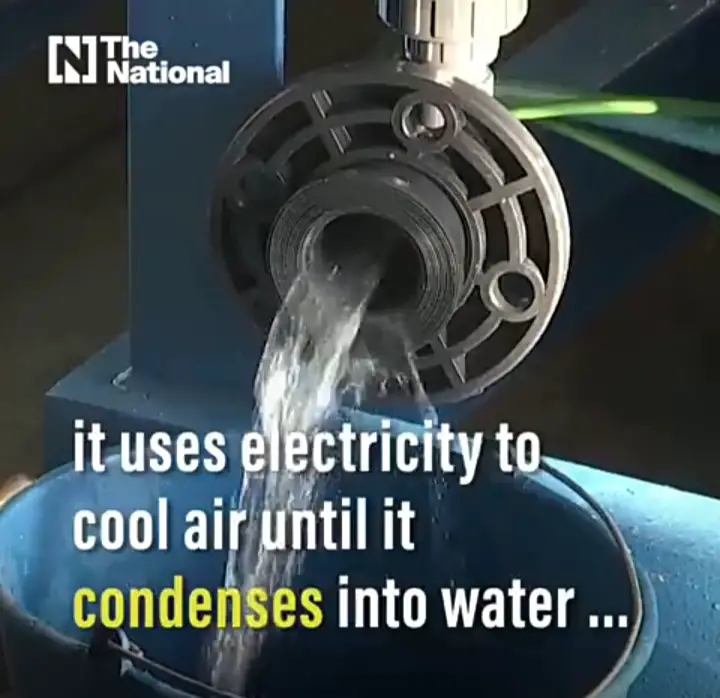
The water extractor’s current techniques are effective in environments with air humidity levels of 10% to 15%. Through the NGO, the corporation also provided water-related solutions to a refugee camp in Lebanon and installed a water unit in the Namib desert in Africa.
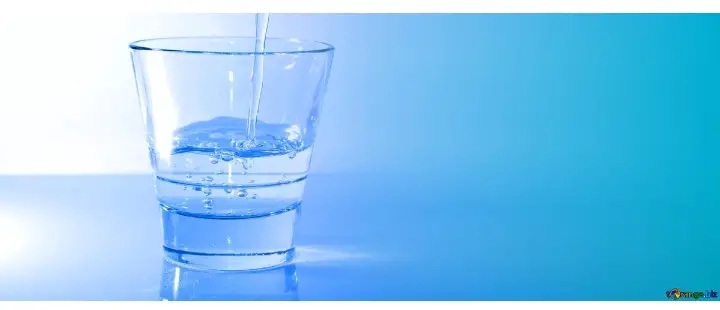
The objective, according to Vega, is to reach locations without access to drinking water, such as refugee camps. The locals were pleasantly surprised when the corporation set up one of its units in the Namib desert. The manufacturer asserts that the most recent Aquaer versions can also function with an air humidity of 10-15%. “Our goal is to create a gadget that is practical and useful for people who must go great distances to fetch water or drill wells,” Veiga continued.
Water Inception has also built a machine with a 500-liter daily capacity in a refugee camp close to Tripoli in Lebanon. The NGO is currently soliciting money to purchase solar panels for the machine, which will lower the process’s electricity and environmental costs.

What is water extraction?
Water extraction is temporarily or permanently removing water from a source to mitigate flooding or collect water for other purposes, such as irrigation. After the proper treatment, the extracted water might be used as drinking water.
Depending on the country’s environmental legislation, regulations on extraction may be imposed to limit the amount of water extracted. Rivers can become dry, or groundwater levels can drop due to excessive water withdrawal.
Unique ways of extracting water.
Waterseer
It resembles a well, but the WaterSeer uses its surroundings to take water from the atmosphere instead of extracting it from the ground. It is positioned six feet below ground, where chilly soil surrounds its lower chamber. Wind from above rotates a turbine, which rotates inside the fan blades. These blades direct the air into an internal condensation chamber, where the vapor condenses on the chamber’s walls as the warm air cools. After that, water flows into the lower chamber, where it may be removed using a short pump and hose. It can gather 37 liters of water per day under optimum circumstances.
Graphene filters
Desalination, turning saltwater into freshwater, has traditionally been too costly and energy-intensive to be used widely to increase access. However, Lockheed Martin believes that its Perforene graphene filter, which it has developed and patented, will allow conventional reverse osmosis desalination to operate at higher pressures and temperatures while using 20% less energy.
One atom thick and perforated, the hyper-permeable filter is claimed to boost water flow by 500% over traditional techniques. While the oil and gas industry, which generates 18 billion gallons of wastewater annually, would greatly benefit from the technology, the company is also looking into other uses for the technology, including in food and energy production.
Solar crop
Many farmers use solar-powered pumps to irrigate crops in hot, arid locations where it is necessary to pump groundwater. Farmers run into trouble when they see solar energy as free since it might lead to excessive watering. The CGIAR’s research program on water, land, and ecosystems, in collaboration with the International Water Management Institute (IWMI), has developed a partially technological, partial policy, and partial management solution that encourages farmers to use solar pumps to sell excess energy back to the grid.
The guaranteed buy-back program results in a “triple win” for the state, the farmers, and the water source by preserving it through reduced use and lowering carbon emissions. IWMI believes solarizing India’s 20 million irrigation wells might reduce carbon emissions by 4-5% annually. The program is now being tested in Gujarat.
Effects of ground-water depletion.
Lowering the water table.
Many sections of the Columbia Plateau have decreased due to pumping, which has taken water out of basalt aquifers that had been storing it.
The water table below which the earth is saturated with water can be dropped, which is the most severe effect of excessive groundwater pumping. Water must be pumped from a well that extends below the water table to be extracted from the earth. If groundwater levels drop too low, the good owner may need to drill a new well, deepen the existing well, or at the very least, try to lower the pump. Additionally, the rate at which the well can produce water may decrease as water levels drop.
Reduction of water in streams and lake.
Contrary to popular belief, groundwater and surface water interact more frequently than most people realize. The water that flows in rivers comes in part, and frequently in large part, from groundwater seeping into the streambed. In the majority of physiographic and climatic conditions, groundwater feeds streams. The amount of groundwater input into streams varies depending on the area’s topography, geology, and climate.
By either interrupting groundwater flow that would naturally discharge into the surface-water body or accelerating the pace at which water goes from the surface-water body into the aquifer, groundwater pumping can change how water moves between an aquifer and a stream, lake, or wetland. The lowering of groundwater levels below the depth required for streamside or wetland plants to survive is related to groundwater pumping. Riparian vegetation and wildlife habitats are lost due to the overall situation.
Land subsidence
A loss of support underground is the main factor in land subsidence. In other words, the soil can occasionally collapse, compact, and plummet when water is removed. The kind of soil and rock beneath the surface are just a couple of the variables that affect this. Removing subsurface water is the critical human activity that most frequently results in land subsidence.
Deterioration of water quality
Saltwater infiltration is one hazard to fresh groundwater supplies’ water quality. Not all groundwater is freshwater; a significant portion of very deep groundwater and ocean-floor water is saltwater. In reality, there are more than 3.1 million cubic miles (12.9 million cubic kilometers) of salty groundwater than fresh groundwater, which is thought to be present in roughly 2.6 million cubic miles (10.5 million cubic kilometers) (Gleick, P. H., 1996: Water resources. In Encyclopedia of Climate and Weather, ed. by S. H. Schneider, Oxford University Press, New York, vol. 2, pp. 817-823). The line separating freshwater and saltwater is usually reasonably constant under normal circumstances, but pumping can cause saltwater to flow inland and upward, contaminating the water supply.
Increased cost for the user.
As the water gets deeper, it has to be lifted higher to reach the land surface. When pumps are used instead of artesian wells to lift water, more energy is needed to power the pump. It can become too expensive to use the well.

